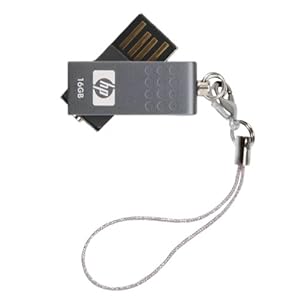Truly great photographers utilize a wide variety of skills, creative thought processes and equipment to create their imagery. However, as I looked at thousands of photos over the years and studied the recurring visual and thematic elements that many of the best images contain, I came up with a list of four main ingredients that always seem to emerge.
I’ve incorporated this list into my teaching curriculum, both in my online courses at The Compelling Image and in my face to face workshops. It’s short, concise and easy to remember, and yet it clearly outlines the necessary elements that are needed to produce a great image. Spend some time thinking about each ingredient and how they play out in your own photography.
1. Vision
 Vision is the mental aspect of image making. It’s the part that takes your own individual ideas about the subject and combines it with your inner creativity, your experience and your own style.
Vision is the mental aspect of image making. It’s the part that takes your own individual ideas about the subject and combines it with your inner creativity, your experience and your own style.
Vision encompasses the composition, framing, and the inclusion and arrangement of your subject matter. It represents the artistic foundation of your photograph and it’s what sets your imagery apart from everyone else’s work, even when it involves subjects that are commonly shot by other photographers.
Although vision is a very personal ingredient, it can be taught and fostered with ideas, introspection and creative exercises. During the early stages of my career, I explored the vision aspect of photography through Galen Rowell’s books, specifically with Mountain Light and The Art of Adventure Photography, which is a collection of the columns that he wrote for Outdoor Photographer Magazine.
Lately, I find great inspiration with some of the excellent eBooks that are published by Craft and Vision and those by some very talented photographer/writers like Ian Plant and Guy Tal. I also find it through the work that I see everyday on Twitter.
2. Anticipation

Anticipation is all about evaluating and studying the scene and understanding all the elements that will need to come together in order to make a great image, so that you can put yourself in right place at the right time. The idea behind anticipation is making sure that when a great moment does happen, you’ll already be in the optimum place to capture it.
Anticipation is thinking geometrically. I look at is as stacking the deck in your favor, and in fact, I like to think of anticipation as the secret ingredient behind luck.
For more of my thoughts on this essential ingredient, read my recent post, The Power of Anticipation in Photography over at ProPhotoResource.com.
3. Technique

Although it’s certainly possible to stumble upon great image by accident, if you’re going to have any consistency with your photography, you’ve got to know your gear. It’s that simple.
You need to know how your camera works, how it sees and responds to the world, how each of your lenses characteristically portray different types of subject matter, and how to get that machine up to your eye quickly enough so that you can capture what’s in front of you.
You also need to know how to process and develop your shots once you take them, so in addition to intimate and rock solid familiarity with your camera gear, you need to be familiar and competent with your digital imaging software.
Not to diminish any of the other two ingredients above, I feel that technique is the backbone of being a great photographer. Sure, the top shooters have great creativity and vision, but they know their gear inside and out. Know yours too.
There are so many great books, magazine articles and blog posts on technique and software, I won’t even go there; you know where to look for that stuff.
4. Luck

Luck is the smallest part of the equation, and it’s never to be relied upon. However, that doesn’t mean that luck doesn’t play a vital role in the image making process. In fact, many of the greatest images of our time were created with a touch of luck. Photography is often about the moment, and moments usually involve at least some luck.
Remember, though, often times you can increase the chance for luck through your anticipation and geometric understanding of the scene. Just don’t try to make it the main ingredient of your photography or you’ll spend a lot of time standing around waiting.
Read my post, Is Photography About Pure Skill or a Little Bit of Luck over at The Photoletariat.



















